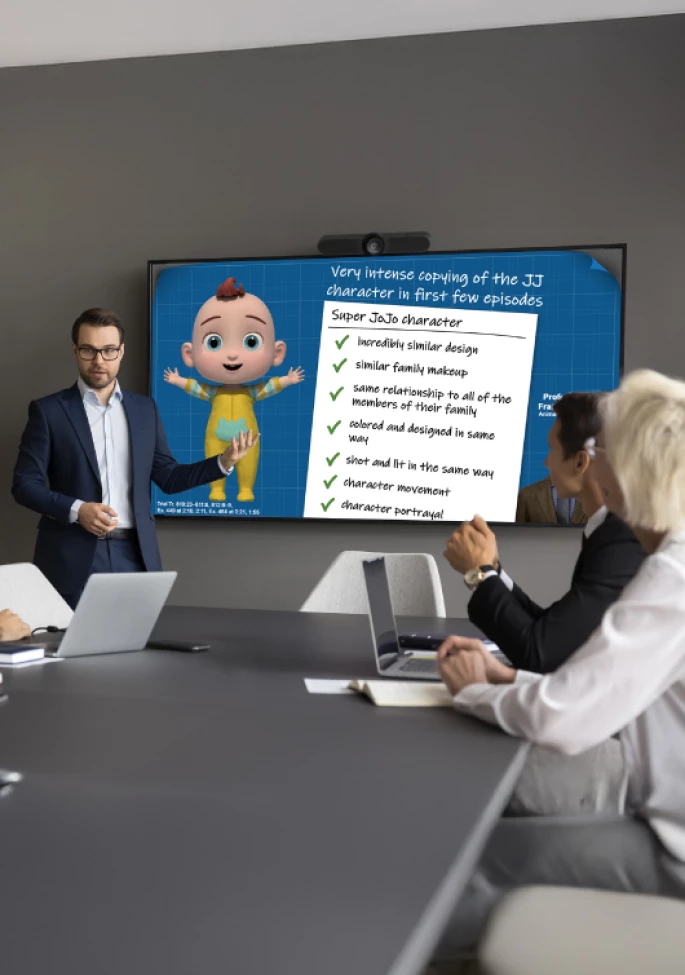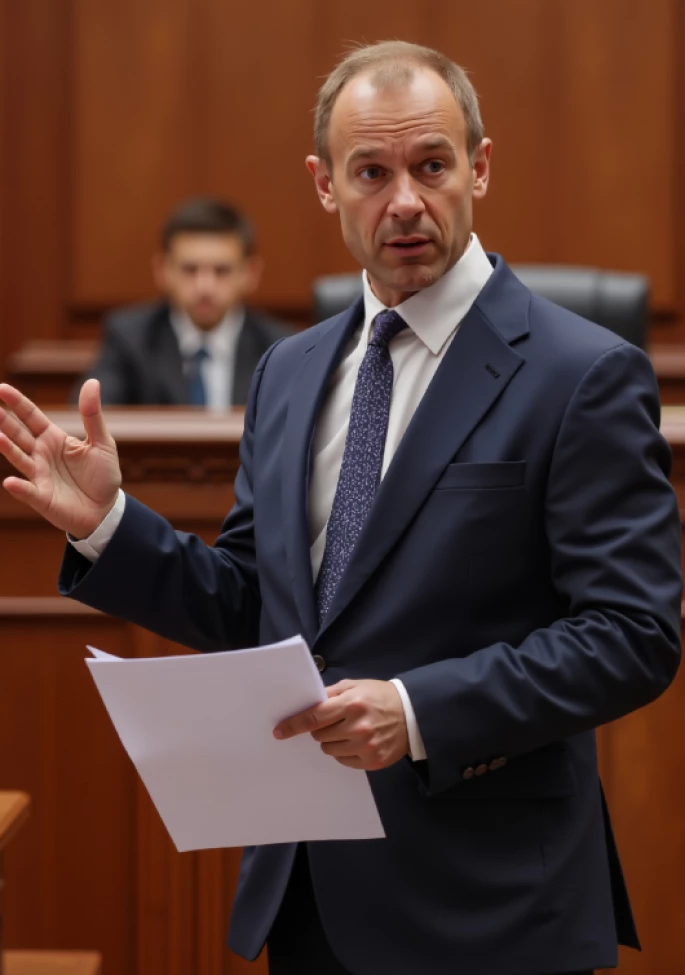It is easy to put on a mock trial. But what is not as easy is paying attention to—and properly implementing—the many factors that could skew the mock trial feedback you paid a lot of money to obtain. There is nothing worse than conducting a mock trial and having unbalanced presentations or unevenly matched adversaries that negatively impact the outcome, such as providing your clients with a false positive result.
While there are always tradeoffs when designing a mock trial, our years of experience and social science methodological training have informed us about the various aspects of a mock trial that impact the reliability of its results. You want to be able to rely on the results to make key strategic decisions going forward. With this in mind, below we offer a checklist of four key items to consider when preparing for jury research.
Prepare Balanced Adversarial Presentations
Whether due to their own experiences as a juror or from watching legal television dramas and films, jurors expect to hear two competing stories zealously advocated from both sides of the case. While focus groups may be conducted with one person presenting both sides of the case, mock trials should involve passionate, believable advocacy from attorneys representing each side. Moreover, mock jurors expect counsel’s performance to be comparable. Though presentation styles may differ between the plaintiff and defense, counsel’s overall skills should be well-matched. Be careful not to assign your lead partner the role of representing your client while an inexperienced associate presents the opposing case, as that is a surefire way to risk obtaining unreliable test results—and tip off jurors as to which party is sponsoring the research.
Include Critical Witness Testimony to Introduce Mock Jurors to the Evidence
Witness testimony is a key component of any jury research project. Mock jurors want to hear what the people involved in the case have to say, which often includes testimony from the individual plaintiff, corporate representatives, and, if possible, disinterested bystanders, like coworkers and eyewitnesses. In cases involving matters outside their expertise, such as medical, technical, or engineering judgment, jurors also expect to receive some guidance from expert witnesses and often feel frustrated in the absence of such testimony. While live testimony is possible, it is usually not feasible or recommended, particularly when only one side can produce live witnesses. Typically, testimony is presented in mock trials via videotaped depositions. If you anticipate conducting jury research in your case, it would be wise to arrange for the depositions of key players to be videotaped—particularly fact witnesses, whose credibility will be assessed by jurors based on their behavior as much as what they say. If a deposition was not videotaped, other options include filming a “mock deposition” or presenting the testimony via quotes and attorney summary. In the case of expert testimony, the latter is usually sufficient for the purposes of jury research.
Provide Tangible Trial Documents to Support Arguments
In addition to testimony, jurors expect to have the opportunity to view tangible evidence in the case—namely, documents, and photographs, where applicable. While it would be impossible to present every piece of admitted evidence to a mock jury, jurors will at least expect to see portions of any key documents, such as contracts, emails, reports, or memorandums. In some cases, it may suffice to summarize what a document says, but for important pieces of evidence, jurors will want to see it for themselves before making decisions based on that evidence.
Trial Graphics are Key to Teaching Jurors the Case
With the ease and popularity of PowerPoint, jurors have come to expect that any presentation will involve at least some type of visual aid, and we have seen attorneys who rely entirely on flip charts and storytelling be harshly criticized by jurors. In addition to slides that summarize key themes and arguments, jurors appreciate visual aids that help them understand the complexities of your case. For example, jurors almost always comment that a timeline of events would have been tremendously helpful to them. Likewise, where there are several people involved in a case, an organizational chart with the names, titles, and photographs of key players is often very useful. Other graphics to consider may be flow charts, checklists, diagrams, and line graphs. When a case involves complex medical or technical testimony, video demonstratives are often essential aids for juror comprehension, and jurors are typically very appreciative of them. When preparing PowerPoint slides, remember less is usually more—graphics and textual slides should supplement your presentation, and an attorney should never just read from the slides.
In Conclusion
A successful mock trial should involve all the aspects mentioned above. Balanced, bipartisan advocacy is the best way to get a true test of the issues in your case. Providing actual evidence and testimony helps mock jurors appreciate the seriousness of the research and recognize that their opinions and decisions will have a real impact on the case. By emphasizing this point, you are more likely to get effortful, true, and meaningful feedback from your mock jurors and better value from your research.





